-

-
The Japanese name
In many countries, people’s name is written the first name first and the last name at last. In many cases, Japanese also follow the order when they spell in alphabet. But infact, Japanese name never comes that way. Japanese name starts from the last name then first name. Japanese name is consisted of only those two unlike some people in other culture have middle name or any other kind. When they get married, they have to share one family name either husband’s or wife’s. Whichever is fine as the law stipulates equality of both sex. However, most of the ...
-
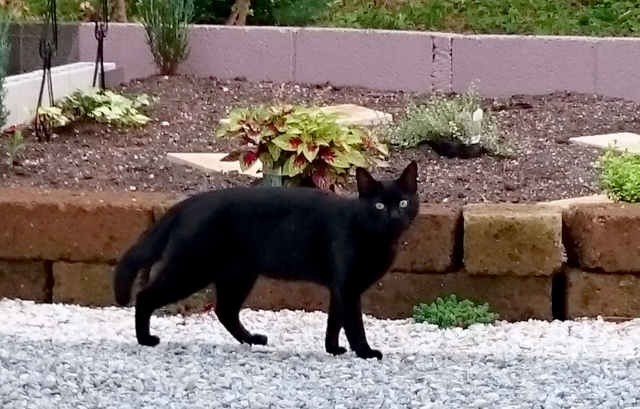
-
Superstitions in Japan: Strange Beliefs That Still Shape Everyday Life
Every country has its own set of superstitions — small beliefs that mix fear, respect, and curiosity. Japan is no exception. Even today, many traditional sayings and actions are quietly passed down through daily life. When Someone Sneezes In English-speaking countries, people say “Bless you!” when someone sneezes. But in Japan, sneezing means something completely different — someone is talking about you! No one knows whether they’re saying good or bad things, but the idea still makes people smile. Don’t Waste Even a Grain of Rice Japanese people are often taught to finish every bite on their plate. Leaving ...
-

-
Please try using The Furoshiki
Now that the environmental issues are one of the major topics to be discussed and handled globally. Each of us is encouraged to think what we can do to save the Mother Earth and take it into action - no time for cooling your heels. So here is the reason why ‘Furoshiki’ has been given a re-evaluation and a movement to bring it back to life in this modern time is being evolved. What is Furoshiki? ‘Furoshiki’ is nothing but a simple square fabric made of silk or cotton traditionally; used for wrapping purpose. You can now find in ...
-

-
Japanese staple food - rice makes ‘SEMBEI’: rice cracker
Sembei, or Osembei with the prefix ‘O’ for politeness, is a snack as popular as everyone would like to pick one or two packets whenever they go shopping. It's also a typical accompaniment for tea. Its major ingredients are basically non-glutinous rice and seasonings only – they are basically grilled so oil-free. But it has uncountable variation in shape, size, flavor and texture. Arare It usually comes in handy size of round or square shape but also comes in tiny pieces called ‘Arare’ or goes as large as human face just to surprise. It can taste savory or sweet. ...
-
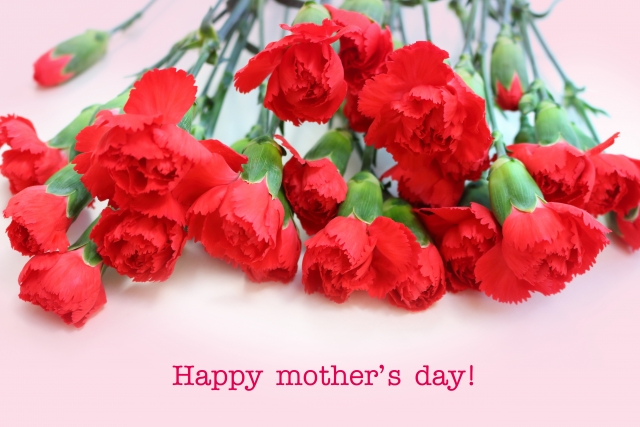
-
How Japan Celebrates Mother’s Day: Carnations, Kindness, and Quiet Love
In Japan, Mother’s Day falls on the second Sunday of May. It’s the same date as many countries — but the mood feels uniquely Japanese: gentle, warm, and quietly grateful. 🌸 Red Carnations Everywhere Walk through town in early May and you’ll see a wave of red. Flower shops and supermarkets fill their displays with red carnations. Ads read “お母さん、ありがとう” — “Thank you, Mom.” This custom came from the United States in the early 20th century and spread widely after World War II. Over time, it blossomed into one of Japan’s sweetest spring traditions. 🎁 Gifts Beyond Flowers ...
-
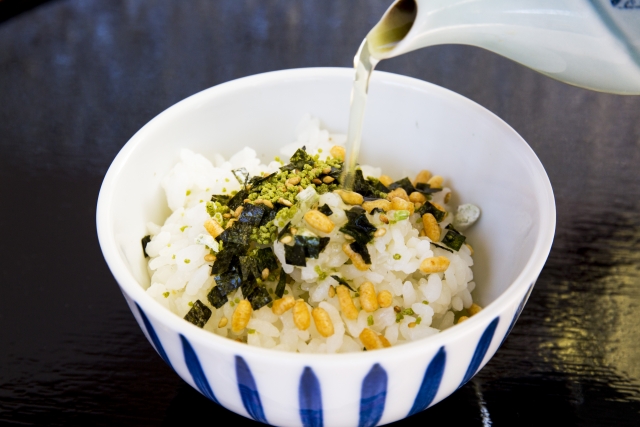
-
Ochazuke is traditional fast food in Japan
Japanese tea is not just for a drink. How does it sound to you the combination of tea and plain rice? Whether you have heard of it or not, ‘Ochazuke’ is an established menu for a light meals. Pour a generous cup of hot tea - or chilled if you prefer - over the plain rice in the bowl is the body of the ochazuke. ‘Ocha’ is tea in Japanese and ‘zuke’ means ‘soaked’. Different from porridge, it is only pouring; no need of cooking. It’s a good reuse of leftover rice and its simplicity in preparation is ideal when ...
-
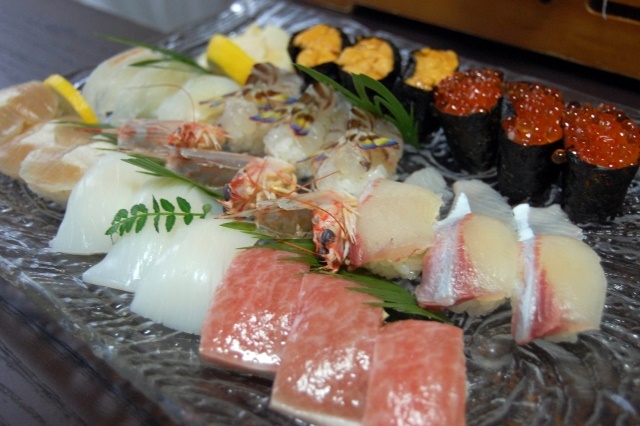
-
The Many Types of Sushi in Japan: Beyond What You Know
When you think of sushi,you probably imagine a chef shaping rice and fish with delicate hands. That image is right — but it’s only one part of Japan’s sushi story. In Japan, sushi is not only a fine dining experience.It’s also homemade, festive, and unique to each region. Let’s take a look at the different types of sushi that go beyond what you already know. Chirashi-zushi – The “Scattered” Sushi The most popular homemade sushi is called chirashi-zushi (ちらし寿司).The word chirashi means “to scatter.” A layer of vinegared rice is placed in a bowl or tray.Then it’s topped with colorful ...
-
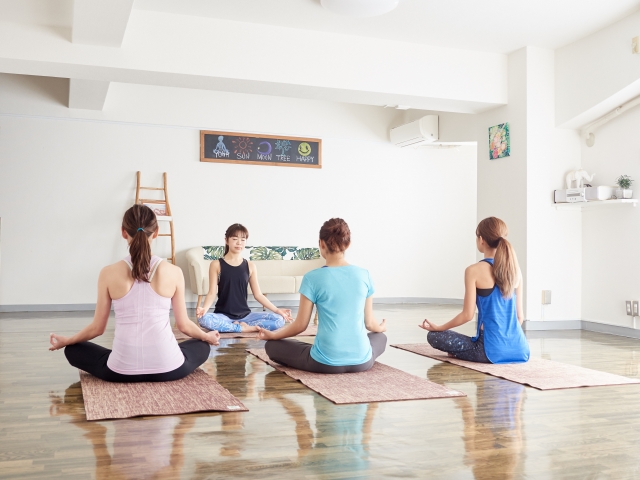
-
Community centre: Places where you can challenge what you are interested in
People are enthusiastic to learn new things to upgrade themselves. Kouminkan – community centre – is where to go. Community centre is a public facility provided and supported by the local government. Their main purpose is to offer residents the spaces for their multiple activities, which could be group meeting, event or anything that the space could serve for. Some facilities could be just simple with a few of meeting rooms while others could have multiple functions; meeting rooms, hall which is suitable for larger events and some indoor sports, Tatami Japanese room, besides some are combined with library and ...
-

-
The first step in Japanese: Hiragana and Katakana can express almost any kind of sound.
Japanese shares Chinese letters (Kanji) in writing. But unlike Chinese, we use them mixing with two sets of our own alphabet. One is called ‘Hiragana’ the other is called ‘Katakana’. Each set has 48 letters out of which two are obsolete. Both of them are phonetic letters. So they can express almost any kind of sound, which is especially convenient to describe foreign words. However, the context of usage makes a distinction between those two. Hiragana is basically used for writing words and expressions of Japanese origin, while Katakana is used for expressing those of foreign origins. Since words and ...
-
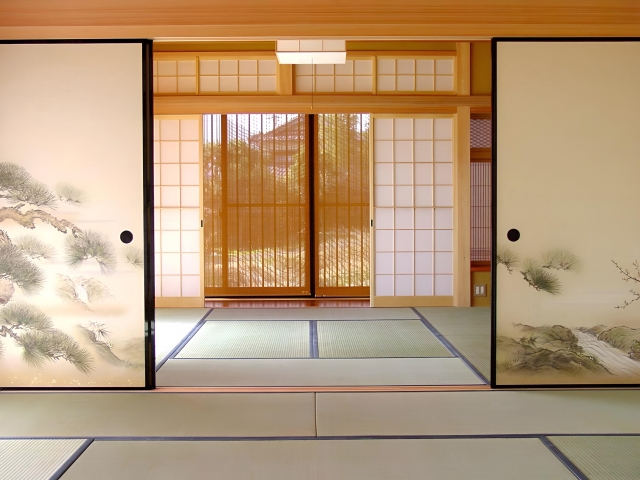
-
Fusuma vs Shoji: The Sliding Doors That Shape Japanese Homes
Traditional Japanese rooms are defined by sliding doors—especially fusuma and shoji. They may seem similar at first glance, but each plays a very different role. Fusuma shape space; shoji shape light. Understanding them offers a deeper look into how Japanese homes balance practicality, beauty, and harmony with nature. What Makes Japanese Sliding Doors Unique? Unlike Western hinged doors, Japanese homes traditionally rely on sliding doors that move quietly along wooden tracks. Their lightweight construction, natural materials, and flexibility reflect core Japanese aesthetics—simplicity, softness, and adaptability. Fusuma vs Shoji: The Key Differences Fusuma Shoji Appearance Opaque panel (no light ...
